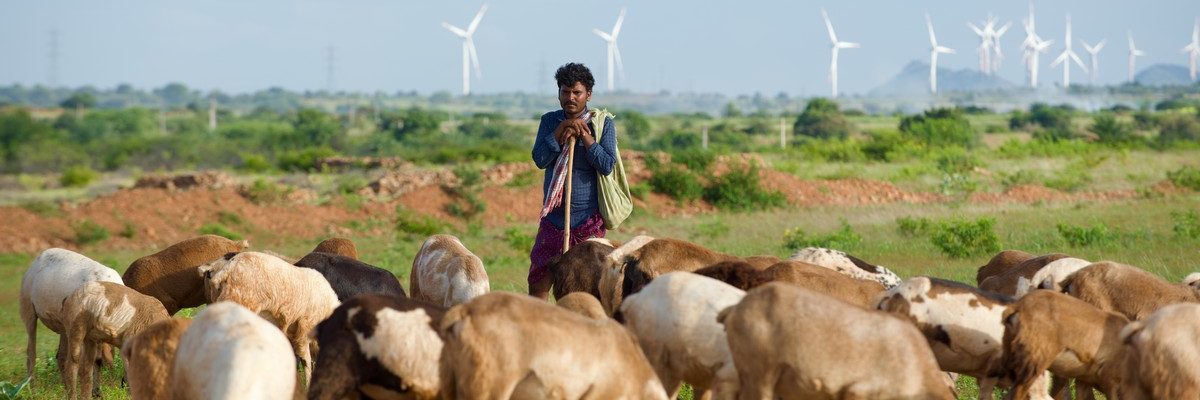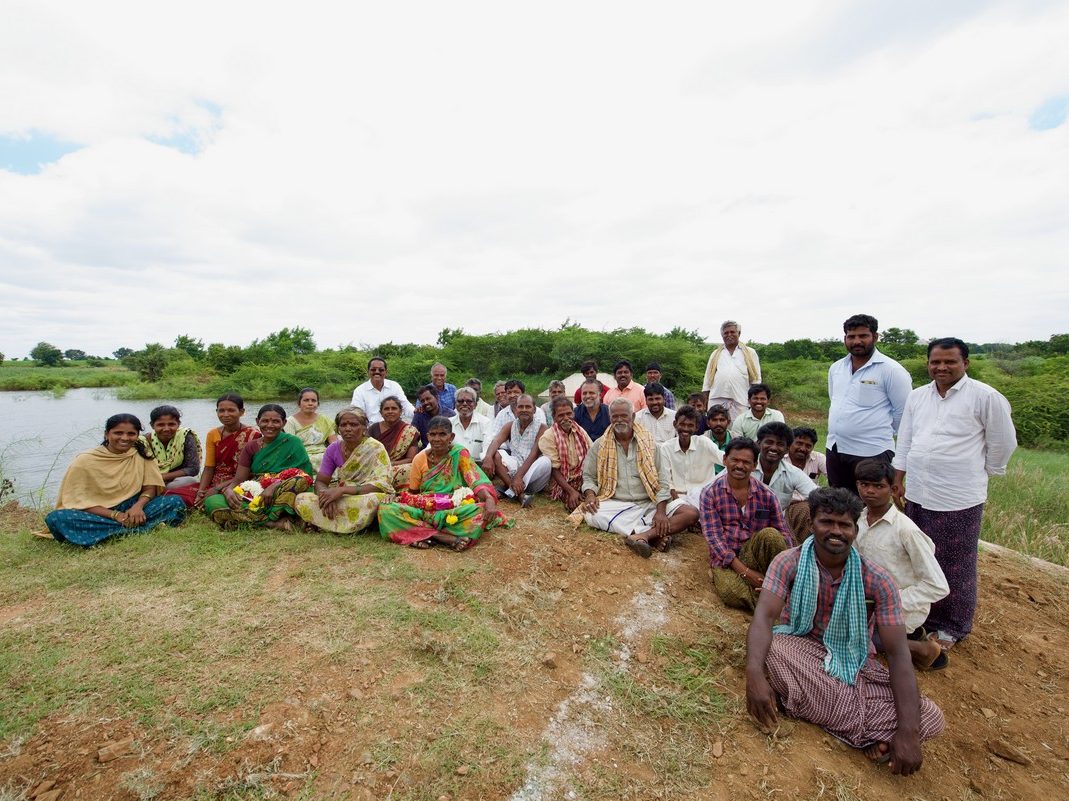Mamillakunta y Anumpalli, Nandyal, Andhra Pradesh, India
In collaboration with

January 2023 – November 2023
The recovery of aquifers through the restitution of water bodies and the creation of knowledge in an aware community.
Objectives
- Transform the lives of drought-affected rural farmers by protecting natural water resources.
- Improve the awareness of the local population and the Ecological Development Committee members.
- Natural water conservation to improve groundwater resources.
Beneficiaries
1304 direct
750 indirect
Vendors, transporters, skilled and unskilled workers.

On the ground
Aquifer degradation
The districts of Kurnool and Nandyal are located in the Rayalaseema region of Andhra Pradesh. They are prone to drought and have an average annual rainfall of 750 mm. Due to consecutive droughts, rain-fed farming has drastically decreased, increasing farmers’ indebtedness. Many of them resort to irrigated farming using drilled wells. However, the water table in these wells has been continuously declining due to low annual rainfall. Farmers in Mamillakunta and Anumpalli must dig bore wells to a depth of 90 to 100 meters.
As a result of this situation, urban migration has become a common phenomenon, leading to various adverse consequences of poverty, particularly affecting women, older people, and children. Therefore, there is a need to improve water harvesting methods.

In detail
Community participation is a key element for the project’s success and achieving sustainable outcomes. Therefore, farmers will be encouraged to participate in the project execution actively. The duly elected Ecological Development Committee, appointed by the community, plays a vital role in labor selection, materials procurement, rate determination, project progress monitoring, and coordination of collaborators.
Furthermore, Rural Development Trust takes full responsibility for implementing the project without involving any local partners or civil contractors, which helps in cost reduction and ensures efficient implementation.
The activities we will carry out are the following:
- Organize educational and orientation meetings, and ensure participation.
- Realization of the topographical survey for the boundary of the land.
- Technical study.
- Cleaning of bushes in the demarcated place
- Excavation and formation of earthen dikes to restore the abandoned stream.
- Construction of four bodies of water.
- Planting on the embankments./li>
- Monitoring and control.
- Technical validation
- Project reports
- Provide close and personalized support
Once the bodies of water are built, the runoff retention improves the aquifers. This will lead to drought-affected farmers having sustainable livelihoods and, in the long term, quality of life.
Sustainability perspectives
Upon completing the project and witnessing its benefits, the community, which actively participated in its development, gains a deeper awareness of water management, takes ownership of the infrastructure, and assumes responsibility for its future maintenance.

